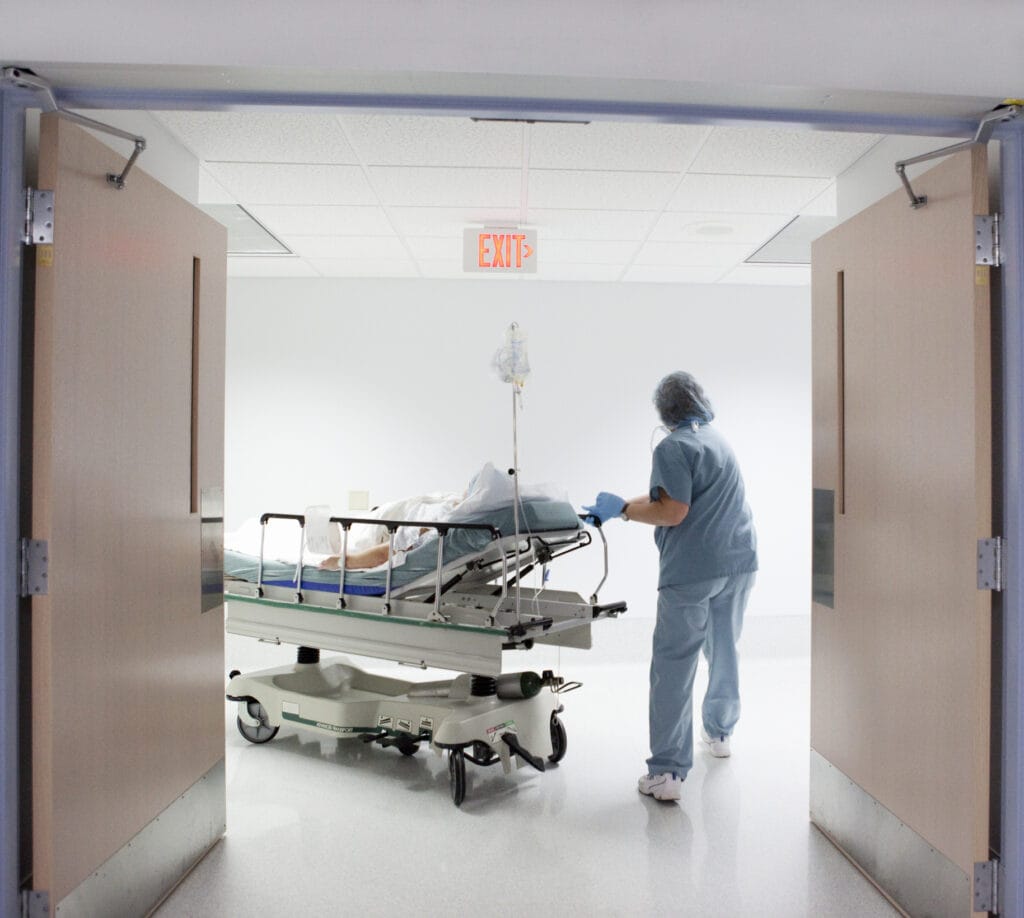Shocking discovery made after doctors diagnosed woman with cancer.

In the complex world of healthcare, doctors are revered as healers, guiding patients toward wellness with their expertise and experience.
The human cost of medical errors.

However, beneath this veneer of infallibility lies a troubling reality: misdiagnoses, which pose significant risks to patients’ well-being.

Misdiagnosis occurs when a medical professional inaccurately identifies a condition or disease, leading to incorrect treatment or no treatment at all.

The consequences can be devastating, ranging from prolonged suffering to irreversible harm, or even death.

One of the most alarming aspects of misdiagnosis is its frequency, with studies suggesting that it affects at least 5% of adults seeking outpatient care.

Despite advancements in medical technology and diagnostic tools, misdiagnoses continue to persist, highlighting systemic issues within the healthcare system.

Several factors contribute to misdiagnosis, including cognitive biases, communication breakdowns, and time constraints during patient consultations.

Moreover, the fragmented nature of healthcare delivery, with multiple specialists involved in patient care, increases the likelihood of diagnostic errors slipping through the cracks.

Patients may also face challenges in advocating for themselves, particularly when their symptoms are dismissed or downplayed by medical professionals.

The emotional toll of misdiagnosis cannot be overstated, as patients grapple with feelings of confusion, frustration, and betrayal.

For some, the journey to obtaining an accurate diagnosis becomes a prolonged ordeal, marked by unnecessary tests, treatments, and second opinions.

Tragically, in cases where misdiagnosis leads to delayed or inappropriate treatment, irreversible harm may occur, robbing patients of precious time and even their life.

Unfortunately, this was the case with one woman in China.
Initial suspicions and diagnosis.

Initially, physicians suspected a brain tumor due to abnormal scans showing a lesion.

The 77-year-old sought medical help in 2022, complaining of dizziness, confusion, and speech difficulties.
Shocking cause of death revealed!

But a lumbar puncture uncovered the real culprit – Balamuthia mandrillaris, a deadly single-celled organism.

The woman met a tragic end after a rare encounter with a brain-eating amoeba, initially misdiagnosed as cancer.

This amoeba infects the brain, claiming the lives of nine out of ten patients it afflicts.

What seemed like a tumor on brain scans turned out to be this sinister organism.

Balamuthia mandrillaris typically lurks in soil, water, and dust, entering the body through wounds or inhalation.

The woman’s rural surroundings near water bodies likely facilitated the infection.

Her condition deteriorated despite eight days of treatment, with symptoms worsening to speech impairment and confusion.

Eventually, her airway became blocked, necessitating mechanical ventilation.

Despite aggressive interventions, her health continued to decline.
Brain-Eating Amoeba claims victim in China’s misdiagnosis nightmare!

Tragically, her family made the heart-wrenching decision to cease treatment.

Balamuthia mandrillaris, discovered in 1986, is exceedingly rare, with only about 200 documented cases worldwide.

Shockingly, 100 of these cases occurred in the US, highlighting the global impact of this lethal amoeba.

According to the CDC, mortality rates soar to 90% once the amoeba infiltrates the brain.

Early detection and treatment are critical to combat this insidious infection.

Once inside the bloodstream, the amoeba travels to the brain, triggering granulomatous amebic encephalitis (GAE).

This free-living amoeba is akin to Naegleria fowleri, infamous for causing similar havoc in the US.

Initial symptoms, like fever and headache, can escalate to seizures, weakness, and paralysis.

This tragic case underscores the importance of vigilance and swift action in the face of rare, deadly pathogens.
